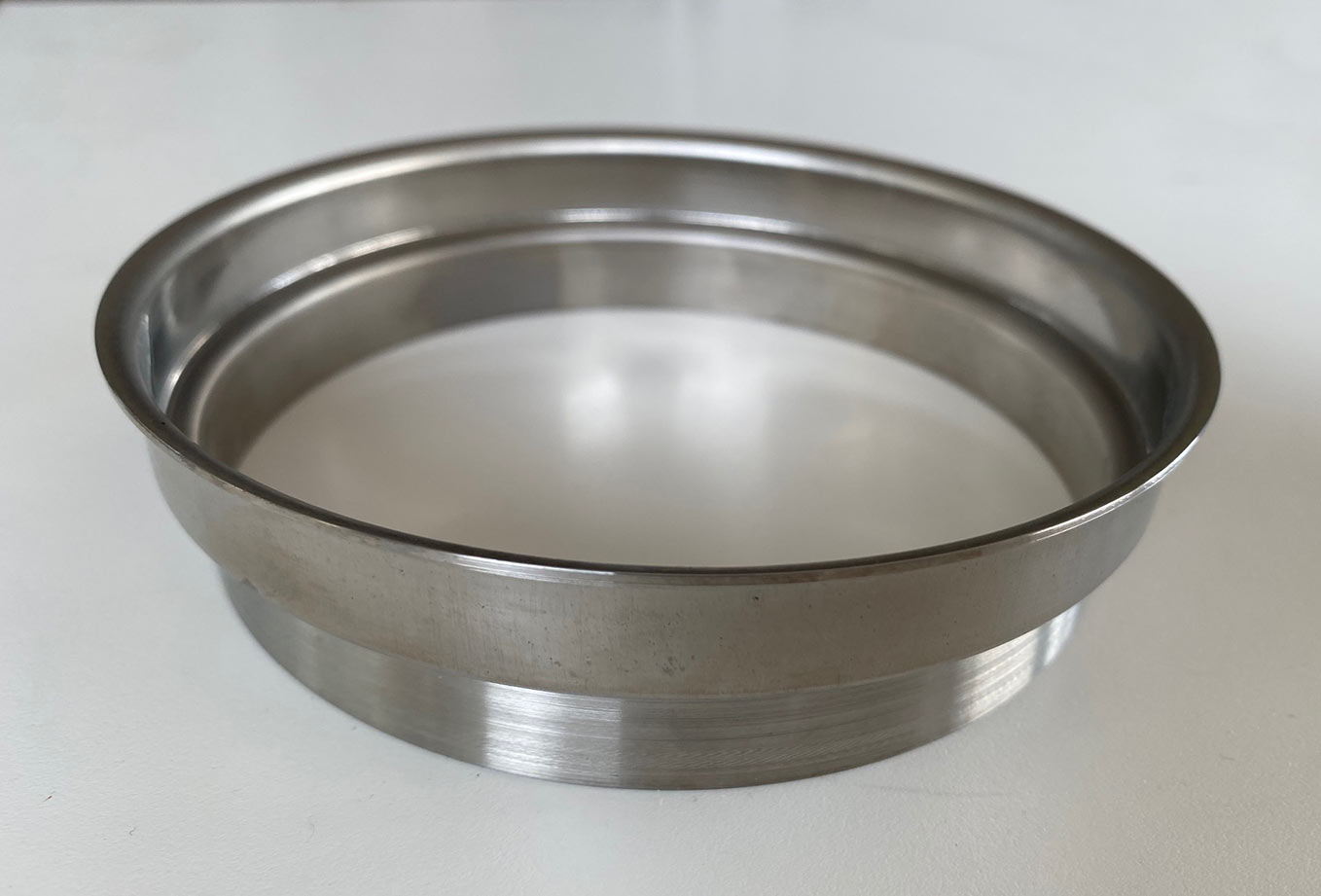Evans’ deep drawn and progressive die niobium stampings
Niobium, like other refractory metals and alloys, provides strength and durability in stamped parts. Deep drawn niobium stampings are ideal in the presence of vaporized sodium, as alloy components in superconductors, and as heat shields in certain oxygen-free environments.
Niobium, formerly called columbium, melts at 2468° C (4474° F). It is a tough, ductile, silver-gray metal having a unique combination of physical and mechanical properties. Of the five major refractory metals, it has the lowest melting temperature, density (8.57 g/cm3), and elastic modulus at room temperature (103 GPa, or 14.9 x 106), while its coefficient of linear thermal expansion (7.3 m/m – K) is the highest. Niobium is also extremely stable in a wide variety of corrosive environments including most organic acids and mineral acids with the exception of hydrofluoric acid. Major applications are in capacitors, lighting and chemical processing.
One niobium alloy, commonly used in lighting and chemical processing, has 8 names:
• NB-1Zr
• Niobium-Zirc
• Niobium One Zirc
• Niobium Zirconium
• Niobium – 1 Zirconium
• Niobium 1% Zirconium
• NB-1%Zr
• Niobium 1% Zirc
Working on a project using niobium? If we can help, please click here.

